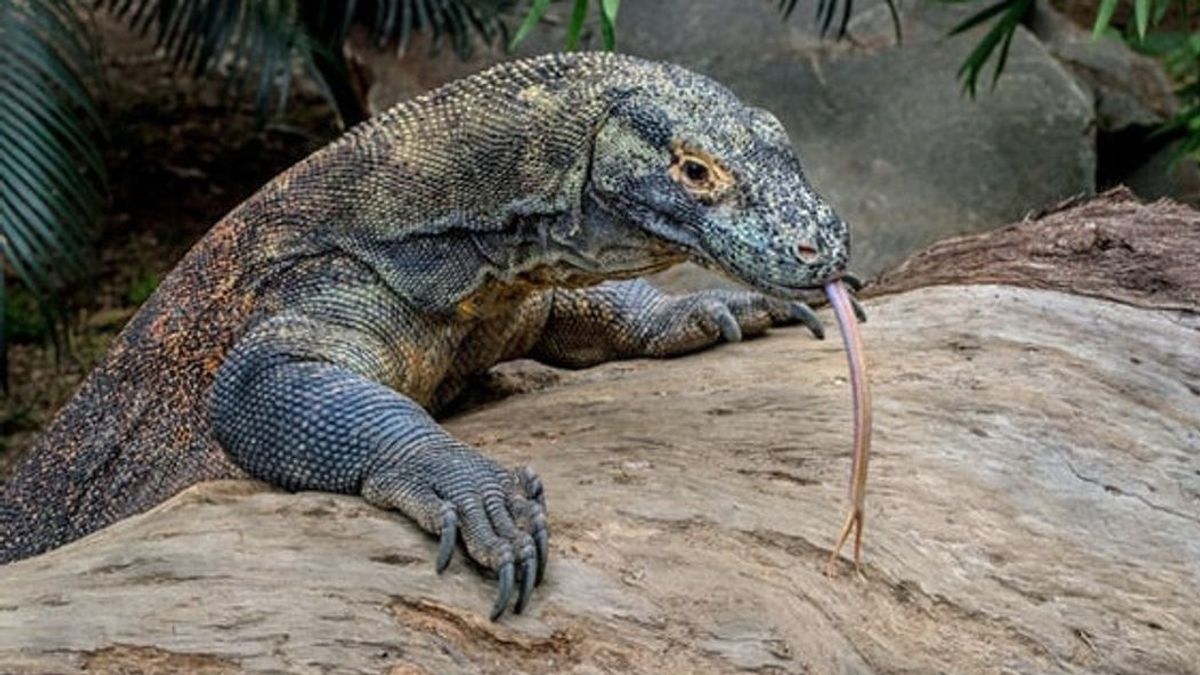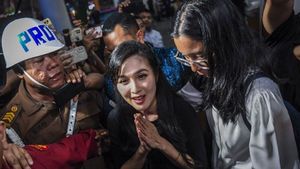JAKARTA - Member of Commission V DPR-RI A Bakri HM, who said that East Nusa Tenggara (NTT) had nothing special except for the Komodo dragon, invited controversy in the community.
Citing the broadcast of the Central Statistics Agency (BPS), NTT together with Bali and NTB are designated as corridor 5 with the theme of the development of "National Tourism and Food Support Gateway". Through this effort, it is hoped that the tourism potential and natural resources on land and marine, fauna and flora can be more empowered and utilized so that the welfare of the community will increase.
Gross Regional Domestic Product (GRDP) is often used to assess the success of development. In 2019, economic activities in NTT generated a GRDP of IDR 106.89 trillion, while Bali generated a GRDP of IDR 252.60 trillion, and NTB of IDR 132.67 trillion.
If this figure is weighed against the population (PDRB per capita), the composition will be even more unbalanced because the population of NTT is more than the population of Bali and NTB.
In 2019, it can be illustrated that if the added value was shared among each resident, 1 resident in Bali would produce 2 times the NTB per capita GRDP and 3 times the NTT per capita GRDP.
Several important indicators related to economic performance show that NTT is generally still lagging behind the two neighboring provinces, namely Bali and NTB. In 2019, Bali's economic growth was the highest, reaching 5.63 percent, higher than NTT at 5.20 percent and NTB at 4.01 percent.
Inflation is the tendency for the price of goods and services to rise in general. The Consumer Price Index (CPI) is an indicator used to measure the inflation rate. Changes in the CPI over time reflect the rate of increase (inflation) or the rate of decline (deflation) in the price of goods and services. In terms of inflation, NTB experienced slightly higher inflation than Bali and NTT.
In 2019, Bali experienced inflation of 2.69 percent. Meanwhile, NTB and NTT experienced inflation of 2.86 percent and 2.33 percent.
When viewed as a whole in Indonesia, the distribution of the percentage of GRDP in Bali, NTB and NTT is only 3.06 percent of Indonesia's GDP.
In fact, the GRDP of NTB and GRDP of NTT each is less than 1 percent of Indonesia's GDP. As much as 4.56 percent of the poor in Indonesia are in NTT. Meanwhile 2.85 percent of the poor population in Indonesia are scattered in NTB. In fact, only 0.63 percent of the poor in Indonesia are scattered in Bali.
Tourism development cannot be separated from the services of providing adequate accommodation. Until 2019 there are 530 hotels spread across NTT. This number increased compared to the previous year which amounted to 498 hotels.
The increase occurred not only in the number of hotels, but also the number of rooms and beds. In 2019, the ROR for star hotels in NTT was 50.77, a decrease compared to 2018 which was 56.82.
The distribution of hotel locations in NTT is still not evenly distributed, with most hotels located in West Manggarai Regency (18.3 percent) and Kupang City (16.6 percent). Meanwhile, there is only 1 non-star hotel in Central Sumba.
Adequate hotel facilities can increase the number of visits by domestic and foreign tourists, especially to well-known tourist attractions in Indonesia such as Komodo Island and Padar in West Manggarai and Weekuri Lake in Southwest Sumba and Wairinding Hill in East Sumba.
The English, Chinese, Japanese, Arabic, and French versions are automatically generated by the AI. So there may still be inaccuracies in translating, please always see Indonesian as our main language. (system supported by DigitalSiber.id)













